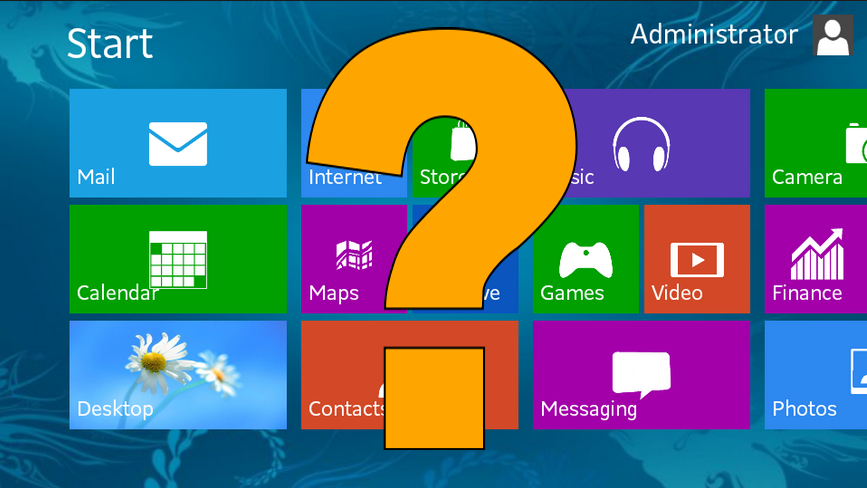 In case you haven’t noticed (read: have been living under a rock :), Windows 8 is the newest version of Microsoft’s Operating System. And they’ve marketed the heck out it – promising increased efficiency, flexibility and usability. Is it time for you to upgrade?
In case you haven’t noticed (read: have been living under a rock :), Windows 8 is the newest version of Microsoft’s Operating System. And they’ve marketed the heck out it – promising increased efficiency, flexibility and usability. Is it time for you to upgrade?
The majority of reviews have been pretty negative and some have even gone so far as to say that Win8 is worse then Vista. Win8’s adoption rates would certainly reinforce that, but how does Windows 8 compare to Microsoft’s ill fated XP replacement known as Vista?
I’ve been running Win8 since it’s BETA release have been impressed with its performance. It certainly beats Vista’s performance hands down. I’d have to say that Win8 is on par with Win7’s performance and in some categories even slightly faster. I did notice that over time performance started to decrease and just like any previous version of Windows, you will still need to keep your apps and file system tidy. Beyond performance, I’m seeing a a few other notable improvements they’ve added even since Windows 7 (which, btw I considered the best version release to date). Although I don’t agree with Microsoft’s decision to remove the Start Menu (we’ll get to that a little later).
For starters Microsoft has done a lot to fight off the hordes of Malware that is prevalent today. I’d have to say that Windows 8 has the potential to be the most secure version of Windows yet. UEFI Secured Boot and Early Launch Anti-Malware are two features that Microsoft has added to Windows 8 to make it more secure. However, your PC motherboard needs to support these technologies in order for Win8 to take advantage of them. Without these features, unfortunately Windows 8 is no more secure then its predecessors. Microsoft has also bundled Windows Defender (previously called Microsoft Security Essentials) into Windows 8 and with it you get, what MS says, is a bare essentials virus and malware protection program. I’m not trying to downplay Microsoft’s efforts here, because I can see that they’ve tried. I’m just trying to point out that in order to have Windows 8 be as secure as they’d like it to be, you need a new PC with UEFI support, and a solid 3rd party Anti-Virus solution.
Let’s talk about usability (as this is the function that most people are concerned with). The biggest downfall in my opinion (and I’m not alone here) is Microsoft’s removal of the oh-so-familiar Start button and Start Menu. Microsoft failed big time here. Rather than listen to their user base, MS opted to force a change that they believed was for the better. I think this is a failure for two reasons: one, a company’s client base is their bread and butter and you don’t disenfranchise your client base; and two, you don’t make a major change to your user interface after keeping it relatively the same since day one. I mean don’t get me wrong Metro is nice but it was designed for touch interfaces not the desktop. It’s for this last reason that we see user adoption rates of Windows 8 significantly lower than even Windows Vista. What was reasoning behind the death of Start and the birth of Metro? With mobile handsets and tablets far outpacing laptop and desktop sales, MS needed to merge these two worlds. They’re playing catch up to the likes of Apple and Canonical, who in my opinion have done a far better job of merging their desktop and mobile platforms. I digress…
The Metro user interface can be really confusing for the average user and it takes additional steps to get things done versus the old Start Menu. (Yes you can add the Start Menu back by using third party software). All in all I think Microsoft made a real effort here, and for the tablet market, Windows 8 is a great Operating System.
So, should you upgrade? Well that depends. If you’re toying with the idea of upgrading your existing Windows 7 machine, don’t bother. There’s not enough value ad with Windows 8 in my opinion. If you’re still on Windows XP (do you have a flip phone?), forget an OS upgrade and read on.
If you’re in the market for a new PC entirely, then Windows 8 may soon be the only choice, but as of this writing, there are still plenty of Windows 7 options on the market. (Note: you might want to wait till August when Microsoft plans on releasing Windows 8.1, Windows Blue, or whatever they decide on calling it, because rumor has it that Start Menu may be coming back as an optional feature).
For personal, at home use, Windows 8 is a good option if your hardware supports all the benefits of Windows 8 (mainly a touch interface). However, if you’re the sort of user who doesn’t like change or doesn’t have the time to learn something new, I’d recommend sticking with Windows 7.
For business users who depend on quick file system access and efficient multitasking, give Windows 8 a pass. Again, there just isn’t enough value ad. And, speaking for us within Diligex Support, we’re still sorting through strange networking and device driver issues with Win8. Not to mention the lack of uniform acceptance across major IT vendors for the Windows 8 platform. Corporate IT will of course wait until at least SP1 before thinking about rolling it out to the enterprise. And unless market acceptance for Win8 improves, we may never see it in the the enterprise, just as we didn’t see Vista.

